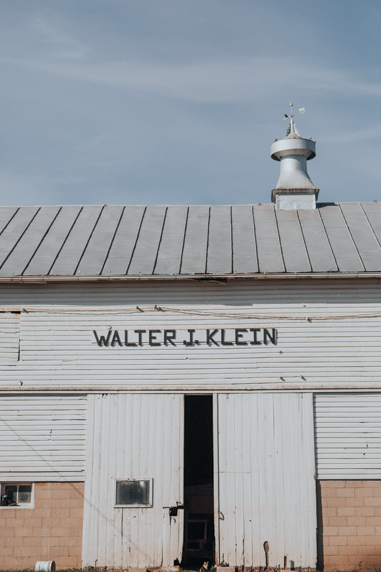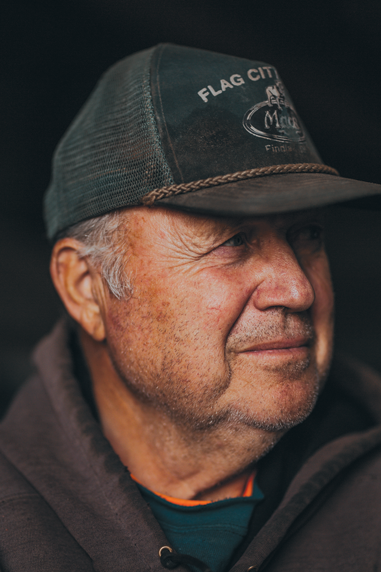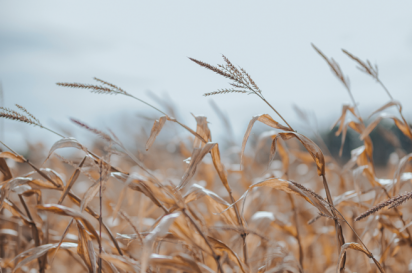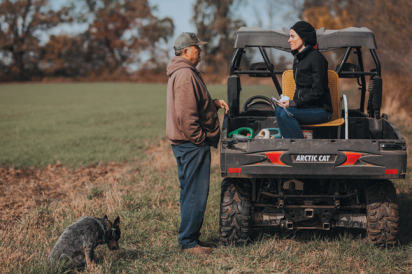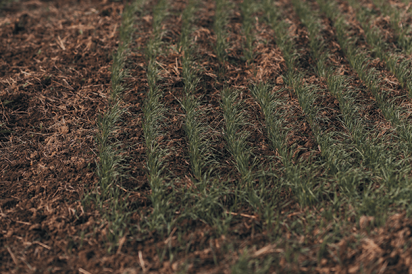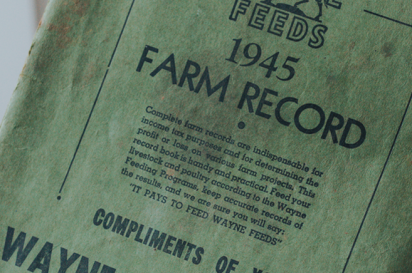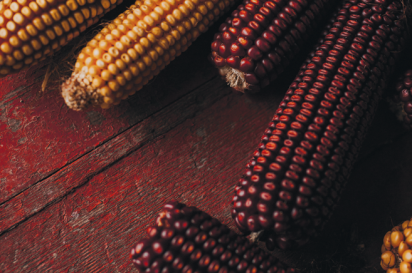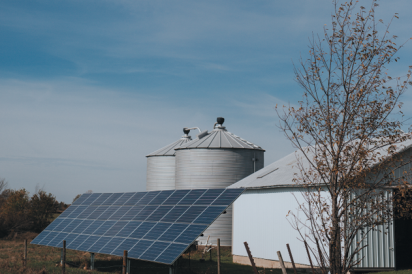Grains & Grit: Organic Grain Farmers Tom & Mary Klein
It’s a blue-grey Ohio day and Tom and Mary Klein are readying for our visit to their certified, organic grain farm in Carey, Ohio. Mary emailed me the night before to tell me she’d have lunch ready for us; homemade chicken soup, salad and pumpkin cake, to be precise, all made with ingredients from the farm. As we drive up, their old dog Max greets us with a bark then a wag and Tom makes fun of how overdressed we are in anticipation of a winter that hasn’t yet arrived.
Familial. Our time with Tom and Mary became warmly domestic as they welcomed us into their life.
Lo and behold, gathering around grain is in our blood. Early humans adapted grain into their diets as far back as 10,000 B.C. Yet it wasn’t until the Stone Age when man started to grind down wheat to make flour, and soon learned how to grow food instead of hunt and gather for it. Less time moving meant more time communing. Grain farming led to a life of dwell instead of a life of roam.
Tom and Mary exhibit a rootedness that is rare these days, both in theory and practice. They believe “organic farming is a cause.” Tom’s grandfather bought the farm in 1926, and Tom grew up there and started growing organically in 1996. Met with much speculation and mockery by other farmers in his community for going certified organic, Tom persevered. By day, he was an industrial arts teacher. By morning and night, a farmer through and through. Mary worked as a teacher as well while tending to the family, cooking, preserving and farming.
Today, Tom and Mary have three sons, all engineers, and grow landrace (heirloom) crops, including Wapsie Valley corn for Athens-based Shagbark Seed & Mill and their corn meal, polenta and grits. Tom and Mary also grow Red Fife wheat, Einkorn wheat, spelt and sweet clover. Without these well-tended and well-loved grains, Shagbark would not have the certified organic crops needed to produce their well-known Ohio-grown products.
As you visit with Tom and Mary here within these pages, we hope you get a sense of just how determined and vibrant these grains they grow really are, and, by extension, how vibrant and determined Tom and Mary have become in stewarding a better environment by way of grain for the next generation.
Look for part two of this story in 2018 as we go behind the scenes to see how the grain is processed from Tom and Mary’s farm into Shagbark's line of Ohio-grown certified organic products.



